Accurately determining rebar size is crucial in construction projects. It not only affects the structural safety of the building but also impacts the cost and quality of the project. The following details how to accurately determine rebar size and the relevant factors to consider.
First, clarify the building's design requirements and intended use. Different building types, such as residential, commercial, and industrial plants, have varying rebar size requirements. For example, the load-bearing structure of a high-rise residential building typically requires larger rebar to withstand greater loads.
Load conditions are a key factor in determining rebar size. These include static loads, such as the weight of the building itself; live loads, such as the weight of people, furniture, and equipment; and dynamic loads, such as wind and seismic loads. Detailed structural calculations can determine the required tensile and compressive forces required for the rebar, thereby determining the appropriate size.
The building's seismic rating also influences the choice of rebar size. In earthquake-prone areas, larger diameter, higher-strength rebar is often required to enhance the building's earthquake resistance.
The material and strength grade of the rebar are also crucial. Common rebar materials include ordinary carbon steel and low-alloy steel, which are classified into various strength grades. High-strength rebar can be made with smaller diameters under the same load conditions, saving material and space.
Construction techniques and conditions also need to be considered. For example, in some confined construction spaces, it may not be possible to use rebar with an excessively large diameter, as this would hinder construction operations.
The following is a simple comparison table showing common rebar size options for different building types and load conditions:
|
Building Type
|
Load Condition
|
Common Rebar Size (mm)
|
|
Low-rise Residential
|
Relatively Small Load
|
8 - 16
|
|
Multi-story Commercial Building
|
Medium Load
|
12 - 22
|
|
High-rise Office Building
|
Relatively Large Load
|
16 - 28
|
|
Industrial Plant
|
Heavy Load
|
20 - 32
|
Furthermore, economic factors must be considered. While larger rebar provides better structural performance, it also comes at a higher cost. While meeting design requirements and safety standards, cost-effectiveness must be considered comprehensively to select the most appropriate rebar size.
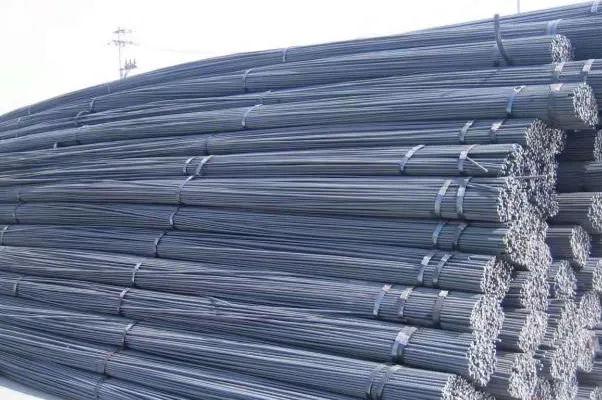
What is the function of a rebar protective layer?
1. To prevent rebar from rusting, since daily air contains a certain amount of moisture, the higher the carbon dioxide concentration in the air, the more necessary the protective layer, and the thicker the better. 2. To ensure structural integrity, the steel needs the protective layer to evenly transmit force to the concrete. Therefore, if the protective layer is too thin, cracks will easily form, and the rebar will not be able to fully withstand the force. Furthermore, the intrusion of water and carbon dioxide can lead to rust. 3. Because the interior of the rebar is primarily composed of countless triangles, rather than a single straight plate, it protects the bearing area.
How to Choose Rebar
1. Look at the Appearance
When choosing rebar, most people don't know how to judge quality. The appearance of the rebar can provide a preliminary assessment of its quality, so it's important to carefully inspect the steel's appearance. If the cuts on both ends are flat and there are no visible cracks, folds, or scars on the surface, then the quality is good. Otherwise, it's not worth buying.
2.Look at the standard number. Steel can be divided into four main grades, with varying degrees of resistance and mechanical properties. Because steel rebar should be selected based on the intended use, specifically the intended application, different types of steel are distinguished by their standard number. For example, ASTM A706 Rebar, known for its excellent weldability and ductility, is commonly used in seismic applications. If you need the corresponding standard number, you can choose steel with the standard number G81491-3 for a combination of high-strength and high-performance steel.
3. Look at the composition. To achieve the required strength and toughness, different ingredients are added to steel rebar. For example, for stress-bearing steel, manganese should not exceed 1.8%, silicon should be controlled between 0.6-1%, and sulfur and phosphorus should be less than 0.05%.
In short, accurately determining rebar size is a complex and comprehensive process, requiring comprehensive consideration of multiple factors, including building design requirements, load conditions, seismic resistance rating, rebar material, construction techniques, and economic factors. Only through careful calculation and rational selection can a building's structural safety and quality be ensured.






 English
English Español
Español بالعربية
بالعربية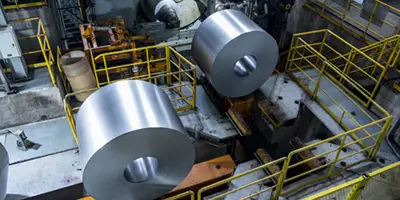

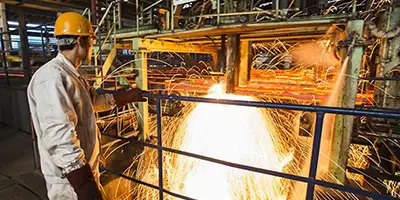
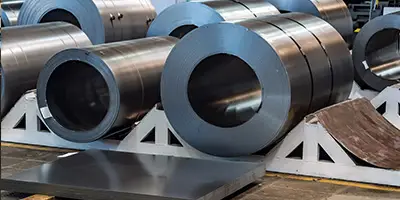

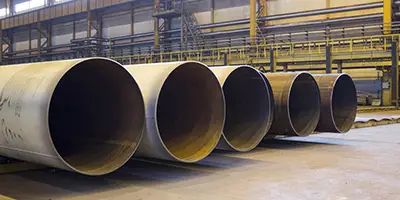

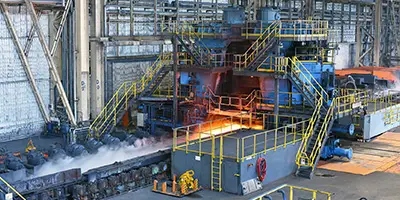
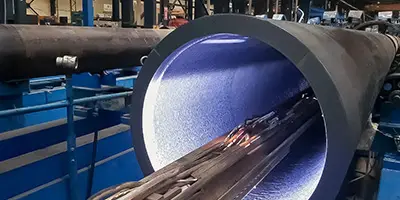
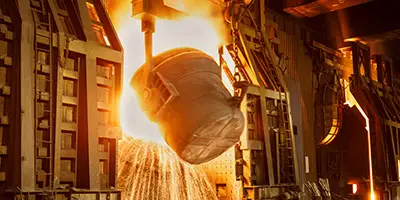
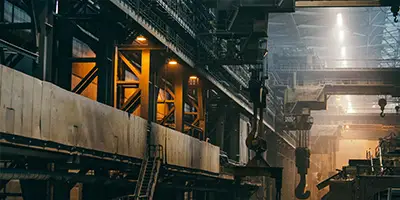

 Phone :
Phone :  Whatsapp :
Whatsapp :  Email :
Email : 


